Food retail store design thinking says that supermarkets lack character and that if elements of traditional markets can be put into them, all will be well. But is this viable? John Ryan reports
Walk into the average supermarket these days and the chances are good that at least part of what you’ll see will have the ethos of the market about it. Whether it’s the wicker baskets used for displays of bread, or the angled dump bins that demarcate the fresh fruit and vegetable area, usually found inside the main doors - sometimes with chalked blackboards if a supermarket is particularly contemporary - markets seem to influence everything.
The process has actually been at work at least since Sainsbury’s opened a market-influenced store in Pimlico back in 2003.
At the time, it was modelled on a prototype located at the west end of the nearby King’s Road, but it was different and featured everything from a blacked-out ceiling void to blackboards and, of course, wicker baskets.
And whether it’s Morrisons Market Street concept or the fresh meat and fish counters in Tesco, market culture is everywhere. And markets have even influenced what is done in other markets. The prime example of the latter has to be London’s Borough Market, where the British middle class and hordes of tourists gather to enjoy a deli experience in what is certainly a market, but not as might have been familiar in county towns around the UK.
Reality check
Instead, small, specialist emporia with names such as The Ginger Pig, Wine Pantry and Gastronomica fill the streets and covered space of this area. It’s an organic market where the emphasis is on provenance and freshness and, according to Tesco design and format director Simon Threadkell, is not a “real” market.
“I think it’s less about places like Borough Market and it’s more about real markets. What real [ie traditional] markets do is focus on service and knowledge of your product. They’re about quality and value - but all linked to price. They just play to human nature and the desire in all of us to find a bargain.” He adds: “Borough Market is leisure retailing. I’m talking about real markets, rather than upscale imitations of markets.”
Sainsbury’s retail design manager Damien Culkin says that with markets, as with other forms of retailing, it’s a matter of horses for courses: “As with all forms of retailing you have to think about what customers want. Markets tend to be polarising; at one end you have customers that are looking for fresh food at great value, at the other extreme customers are after a great food and ingredient experience that delivers a closer relationship with the supplier.” He cites Barcelona’s La Boqueria and Seattle’s Pike Place market as fulfilling the same need as Borough Market and that all of them are encouraging a host of imitators.
Threadkell says that one of the salient points that all food retailers have to bear in mind when designing a supermarket is the fact that “we’re in the business of selling food, not fixtures, and you benchmark the best, wherever it may be found” and frequently this may be in a market. This is a pragmatic vision for food retailers, therefore, and one in which emphasis is placed on incorporating many of the more quotidian elements found in local markets into large stores in need of character, as well as efficiency.
Differing market forms
Food markets, of course, take many forms, and as well as the deli-led ethos of Borough Market, there are smaller farmers’ markets, which tend to be held at a weekend in an urban context and there are also the fixed covered and outdoor markets that still appear on specific days of the week.
Asda head of store proposition Brian Rutherford takes a view that, at first glance, is somewhat at odds with Threadkell’s. “It’s worth going to Borough Market because you get to see specialists that do things differently. I love the signage that you see in these kind of places like ‘The best handmade pork pie in Britain’ - it makes you look.” Rutherford says that the reason for looking at this form of trading is to inject some “personality” into supermarket environments and it is certainly true, among the biggest operators, that UK food retailing has been characterised by a lack of character.
“When all the stock in a supermarket is stacked in what we call ‘penny stacking’ [one piece on top of another with everything looking the same] it’s efficient, but it doesn’t let the product breathe,” says Rutherford. “In fashion, it’s the equivalent of too much side hanging and not enough forward presentation,” he adds. Rutherford says that in traditional markets, different foods would be displayed differently, but that this is not the case in supermarkets, as it’s an approach that may mean compromising stock density.
Tough business decisions
Those seeking to use some of the visual merchandising techniques found in markets therefore are bound to be faced with some tough commercial decisions, as it will mean a less efficient selling machine. But ultimately, is this still worth considering, if it means a more appealing in-store experience?
Morrisons head of in-store marketing Joe Ward says that there are other elements that can be considered when looking at markets and how lessons can be learned in supermarkets. “We’ve all gone too far down the standardisation route, and it’s true that if you took the names off, you might not know which of us is which. But as well as some of the things that markets have to offer, it’s about the customer/employee interaction that you get in a market,” he says.
All well and good then and, it would appear, relatively simple. All of those whose job it is to create supermarket interiors are of the opinion that there is too much similarity between the major players and that sacrificing a measure of efficiency in the cause of better looking store is probably worthwhile. The market-style food hall in Hyundai’s department store in Seoul stands as a case in point.
The difficulty for all is that running a supermarket in the UK is a cut-throat business. This means that while it would be nice to have stores that hark back to the, possibly imagined, friendlier period when food shopping was a more enjoyable affair, shoppers lifestyles may not permit this - for them it’s more a matter of get in, get it and get out.
The desire seems to be in place to do things differently, but it is hard to see a time when there will be any kind of wholesale return to market-style shopping in which shoppers stop and chat while selecting a cut of meat or the ripest courgettes. Encouragingly, the diversity of arenas in which food can be bought in the UK does suggest that choice is still important, but in general, only if you are fortunate enough not be heading for the value aisle.
And it may be worth bearing in mind Culkin’s thought about market/supermarket dependence: “The relationship between markets and supermarkets is symbiotic, and both are here to stay and both can exist side by side.”
Do markets influence supermarkets?
Tim Greenhalgh, chief creative officer at consultancy Fitch, comments: “Markets influence supermarkets more readily in countries where the market is part of the culture. I actually think we’ve lost the culture of markets in the UK, although we’ve got farmers’ markets, but this is a slightly different thing. There is also the point that if you overdo it, in terms of trying to create a market environment, you end up with a rather Disney experience.”
Follow this line of thinking and it becomes clear why Carrefour opted to create its Planet format last year, in which an imitation of an outdoor market plays a part. Visit any town in France and there will certainly be an outdoor market - fresh fish shops and suchlike remain an everyday reality. Perhaps the growth of urban farmers markets in this country may encourage a return to the halcyon days when men in white coats served you across a supermarket counter.





















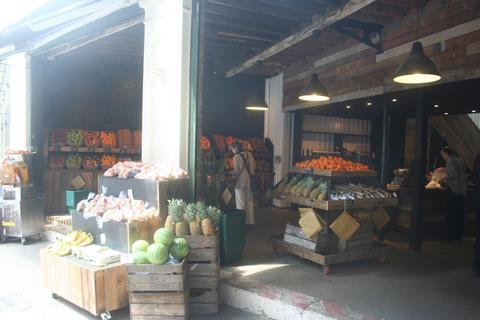
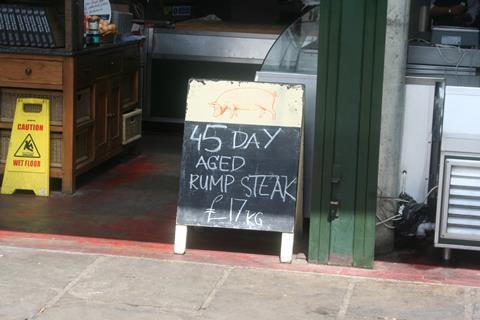

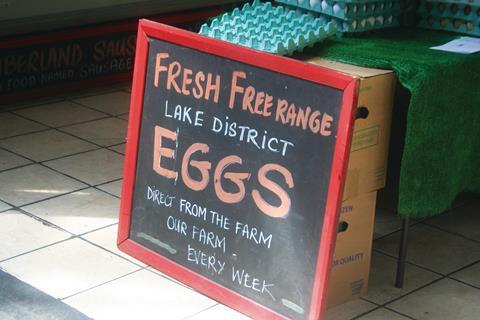
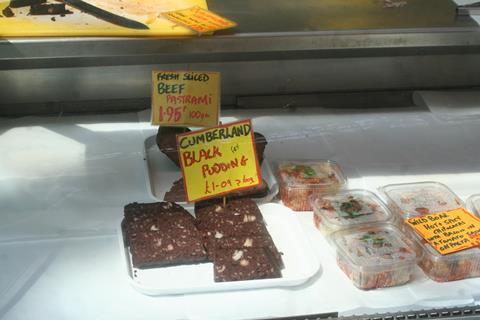
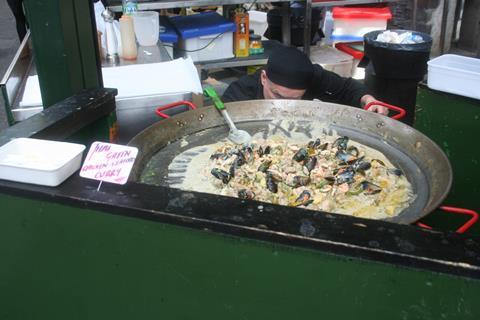


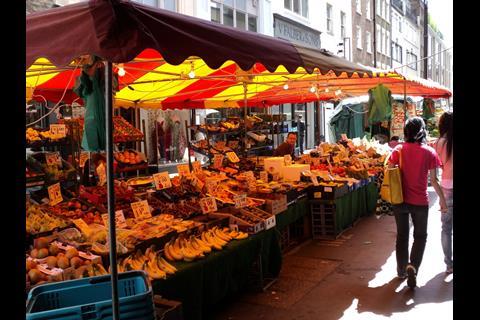
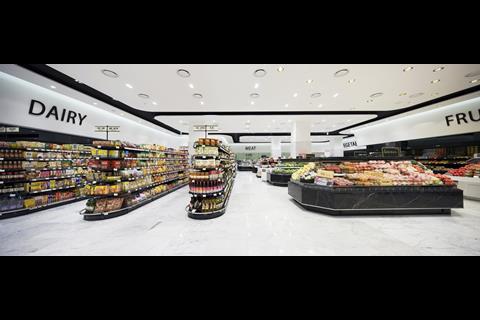
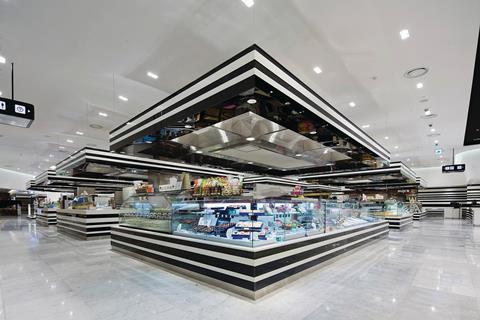
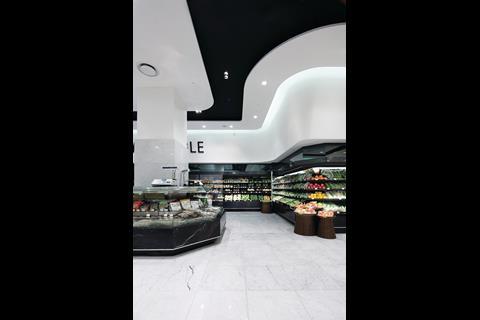


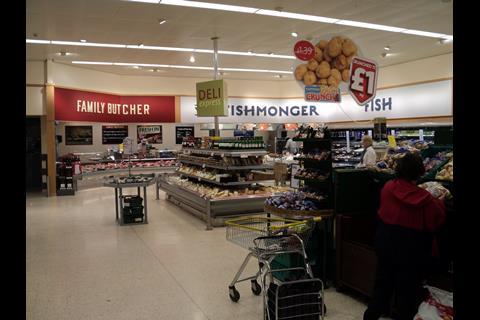

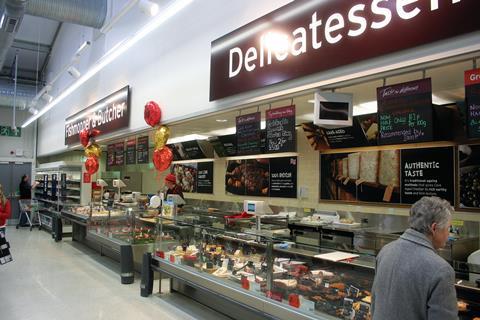







No comments yet